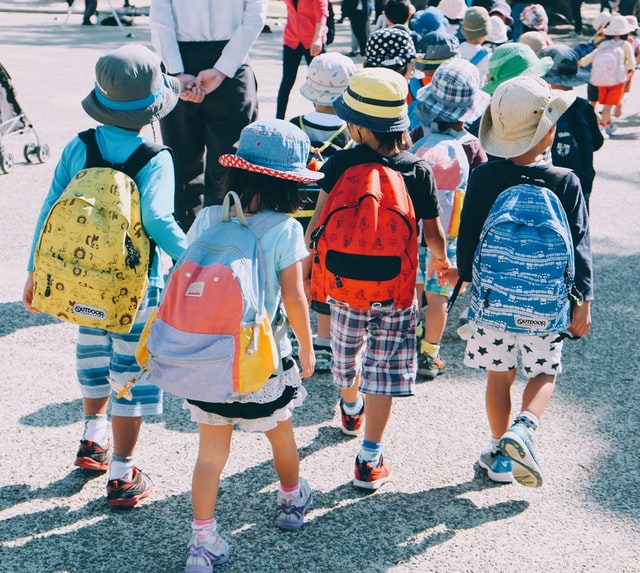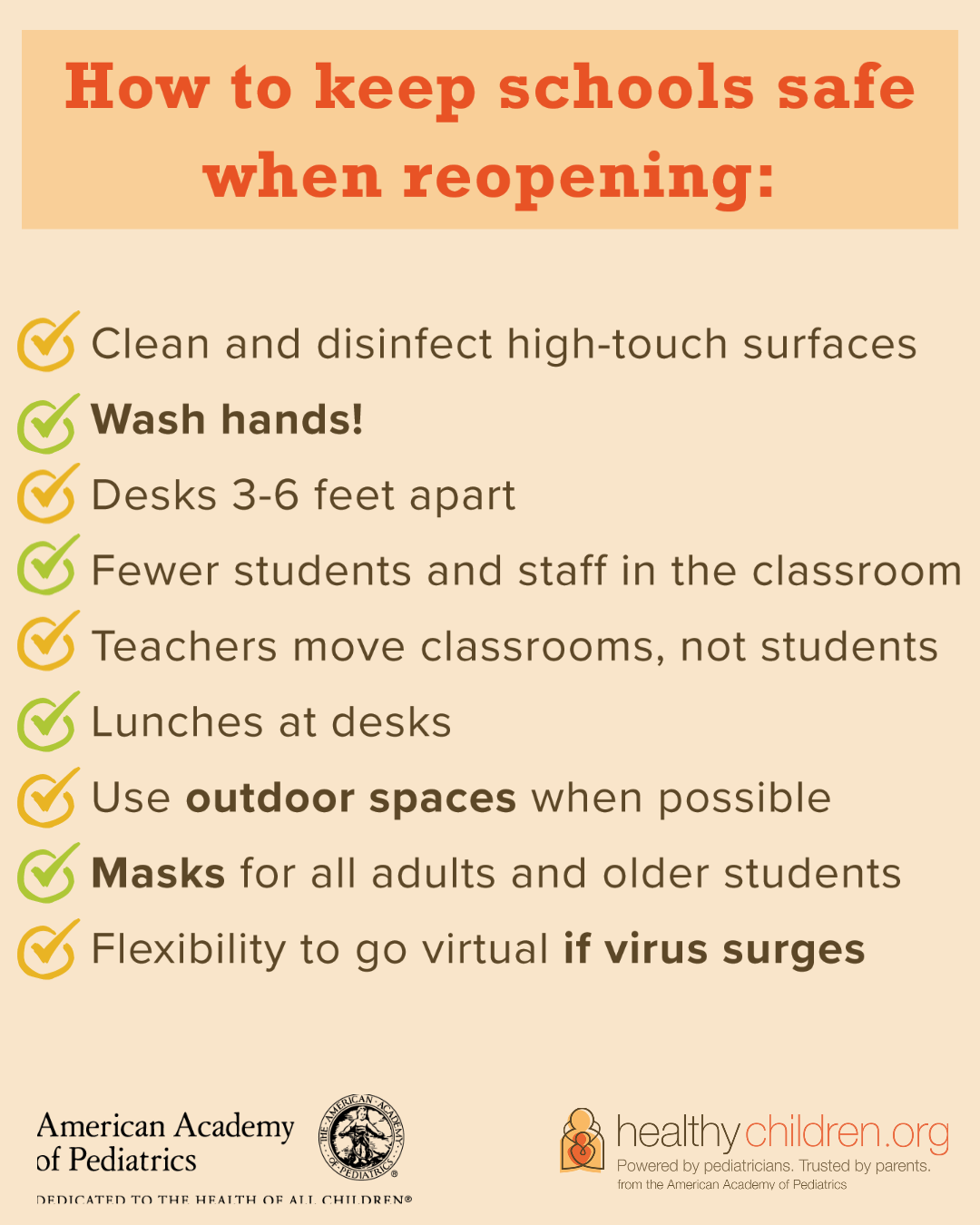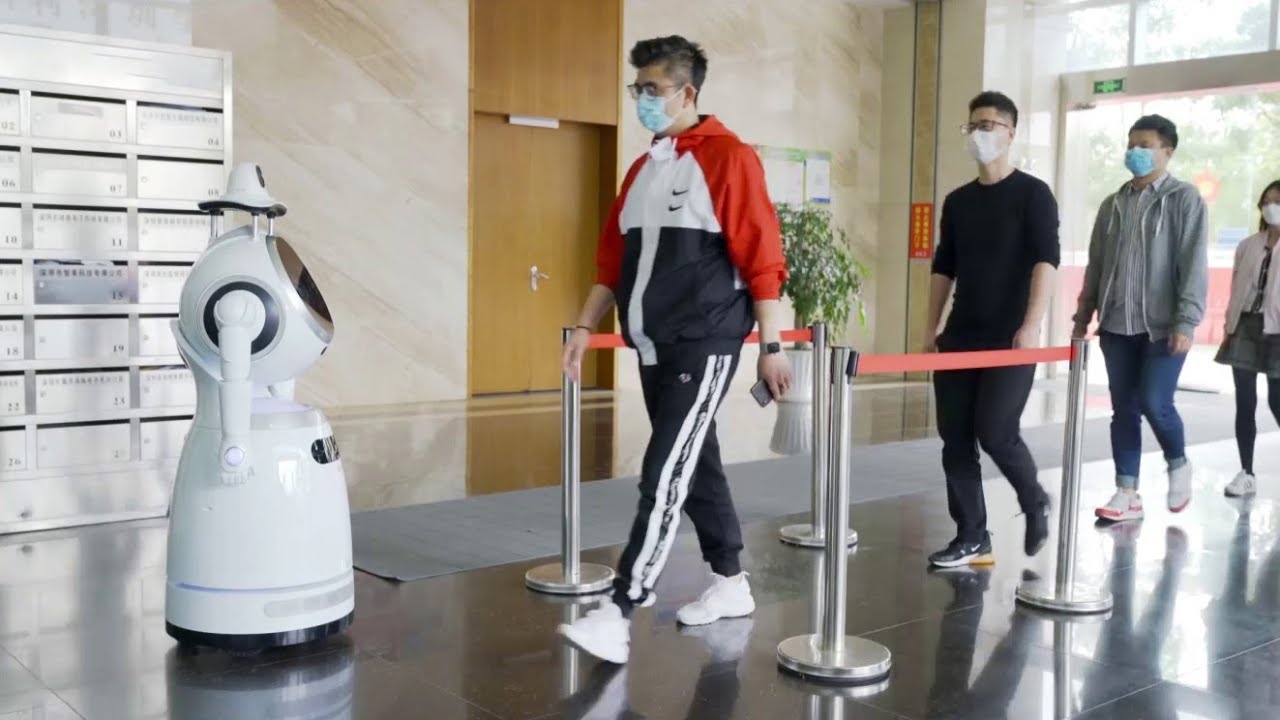 Photo by note thanun on Unsplash
Photo by note thanun on Unsplash
A big question parents have right now is how students can go back to school safely during COVID-19. The latest American Academy of Pediatrics (AAP) advice says children learn best when they are in school. However, returning to school in person needs careful steps in place to keep students and staff safe.
By American Academy of Pediatrics
Ideally, local school leaders, public health experts, educators and parents can work together to decide how and when to reopen schools. These decisions will need to take into account the spread of COVID-19 in the community, as well as whether schools are able to make in-person learning safe. Schools and families should also prepare to go back to virtual learning if COVID cases increase in the community.
Why students should go back to school–safely
The AAP guidance is based on what pediatricians and infectious disease specialists know about COVID-19 and kids. Evidence so far suggests that children and adolescents are less likely to have symptoms or severe disease from infection. They also appear less likely to become infected or spread the virus.
Schools provide more than just academics to children and adolescents. In addition to reading, writing and math, children learn social and emotional skills, get exercise and access to mental health support and other things that cannot be provided with online learning. For many families, school is where kids get healthy meals, access to the internet, and other vital services.
What schools can do
To stay safe, there are a number of steps schools should take to help prevent the spread of COVID-19. They include:
 Physical distancing. The goal should be to stay at least 6 feet apart to help prevent the spread of the virus that causes COVID-19. However, spacing desks at least 3 feet apart and avoiding close contact may have similar benefits for students--especially if students wear cloth face coverings and do not have symptoms of illness.
Physical distancing. The goal should be to stay at least 6 feet apart to help prevent the spread of the virus that causes COVID-19. However, spacing desks at least 3 feet apart and avoiding close contact may have similar benefits for students--especially if students wear cloth face coverings and do not have symptoms of illness.
Teachers and staff, who are likely more at risk of getting COVID-19 from other adults than from children at school, should stay the full 6 feet apart from each other and students when possible. Teachers and staff should also wear cloth face coverings and limit in-person meetings with other adults.
When possible, outdoor spaces can be used for instruction and meals. Students should also have extra space to spread out during activities like singing and exercising.
Cloth face coverings & hand hygiene. Frequent hand washing with soap and water is important for everyone. In addition, all adults should wear cloth face coverings. Preschool and elementary students can benefit from wearing masks if they do not touch their mouths or noses a lot. Secondary school students should wear cloth face masks, especially when they can't stay a safe distance apart.
Classroom changes. To help limit student interaction outside the classroom, schools can:
-
Have teachers move between classrooms, rather than having students fill the hallways during passing periods.
-
Allow students to eat lunches at their desks or in small groups outdoors instead of in crowded lunchrooms.
-
Leave classroom doors open to help reduce high touch surfaces such as doorknobs.
Temperature checks and testing. COVID testing of all students is not possible for most schools. Taking students' temperature at school also may not always be feasible. Schools should establish ways to identify students with fever or other symptoms of illness. They can also frequently remind students, teachers, and staff to stay home if they have a fever of 100.4 degrees or higher or have any signs of illness.
Cleaning and disinfecting. Schools should follow CDC guidelines on proper disinfecting and sanitizing classrooms and common areas.
Buses, hallways and playgrounds
Since these are often crowded spaces, schools can:
-
Give bus riders assigned seats and require them to wear a cloth face coverings while on the bus. Encourage students who have other ways to get to school to use those options.
-
At school, mark hallways and stairs with one-way arrows on the floor to cut down on crowding in the halls.
-
Outdoor activities are encouraged, so students should be allowed to use the playground in small groups.
Other considerations In addition to having plans in place to keep students safe, there are other factors that school communities need to address:
Pressure to catch up. Students may not have gained as much from distance learning. Some students may not have had access to computers and internet. Schools should be prepared to adjust curricula and not expect to make up all lost progress. It is important to balance core subjects with physical education and other learning experiences.
Students with disabilities. The impact of schools being closed may have been greater for students with disabilities. They may have a difficult time transitioning back to school after missing out on instruction time as well as school-based services such as occupational, physical and speech-language therapy and mental health support counseling. School should review the needs of each child with an Individual Education Program before they return to school, and providing services even if they are done virtually.
|
Immunizations. It is important as students return to school that they are up to date on their immunizations. It will be critical that students and staff get their flu shot this year to reduce the spread of influenza this fall and winter. |
|---|
Exams. If your child participates in extracurricular activities like sports or band, talk with your pediatrician to see if they need a preparticipation physical exam. Key well-child visits are also important.
Behavioral health/emotional support. Your child's school should anticipate and be prepared to address a wide range of mental health needs of students and staff. Schools should provide mental health support to any student struggling with stress from the pandemic and recognize students who show signs of anxiety or distress. Schools also can help students with suicidal thoughts or behavior get needed support.
Nutrition. Many students receive healthy meals through school meal programs More students might be eligible for free or reduced meals than before the pandemic. Schools should provide meal programs even if the school closes or the student is sick and stays home from school.
Students at higher risk. While COVID-19 school policies can reduce risk, they will not prevent it entirely. Even with safety steps in place, some students with high-risk medical conditions may need to continue distance learning or other accommodations. Talk with your pediatrician and school staff (including school nurses) to determine if your child can safely return to school.
Remember
Returning to school during the COVID-19 pandemic may not feel like normal – at least for a while. But having safety plans – and making sure schools have the resources needed to follow them – can help protect students, teachers, staff, and families.
RobotLAB has the virus fighting solutions for your classroom!

Let robots do the dull and dangerous job, not humans! Breathing disinfectants every day isn't a good idea for the long run, holding a UVC sanitation light can cause skin cancer, and vacuuming floors simply isn't enough. Robots are simple, systematic and effective!
Discover more information here:
